Heather Kay
Western Thunderer
I do hope Heather is okay. I know she has commitments outside WT
*waves*
I'm still here. Best Beloved is improving. We have been enjoying some of the recent good weather.
I do hope Heather is okay. I know she has commitments outside WT
Very pleased to hear that!*waves*
I'm still here. Best Beloved is improving. We have been enjoying some of the recent good weather.

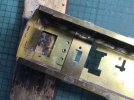
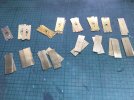
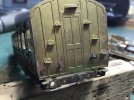
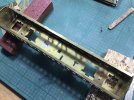
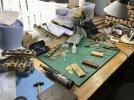
May we please see how the coaches look after their treatment?
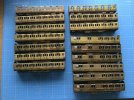
Things don't need to be sparkly for the etch primer to do its work .View attachment 193188
After a night in the airing cupboard, the state of things. You can see things aren’t exactly sparkling, and I never expected them to be. Much of the tarnishing on some of the bodywork is because those kits were at least 20 years old, possibly older. They had been started many years ago, and left somewhere where the atmosphere could get at them. Newer kits show up as cleaner and brighter. I’m going to give the bodies a visual inspection, and where necessary have at the worst surface imperfections with the Dremel and a brass brush wheel. Some may need fibreglass scratch brush treatment.
As ever these days, personal life is getting in the way. Progress may well remain at geological pace for a while yet.
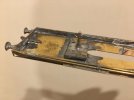


As a rather broad claim, ventilators were taller than oil and gas lamps. So ventilators were located towards the edges of a roof (and not along the centre line) so they fitted inside the loading gauge.
If the conversion was directly from oil to electricity, perhaps some ventilators were overlooked and omitted.

